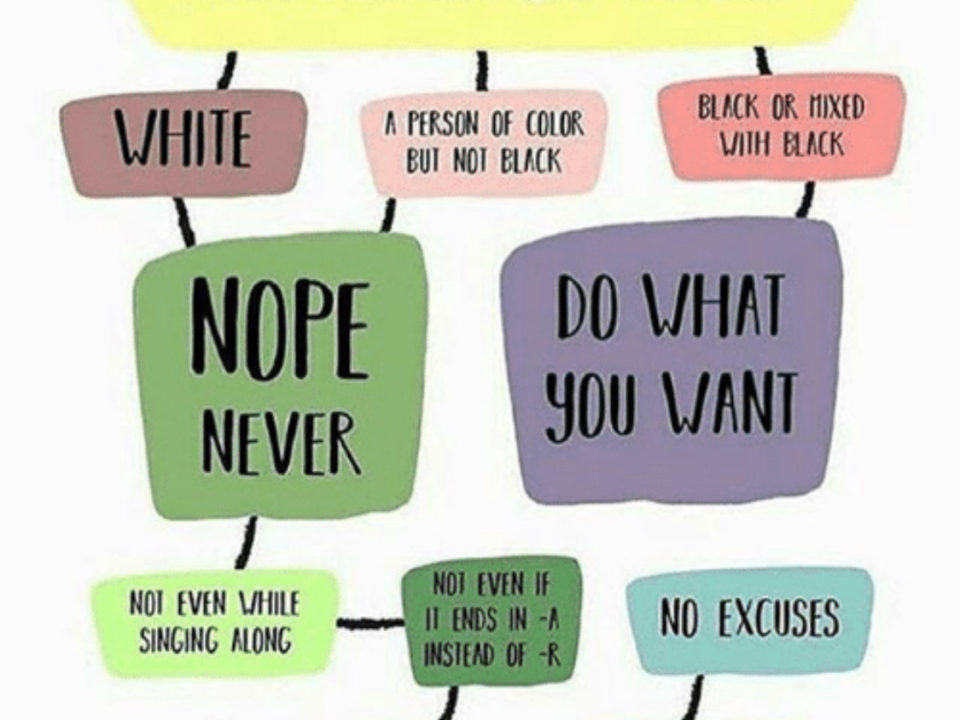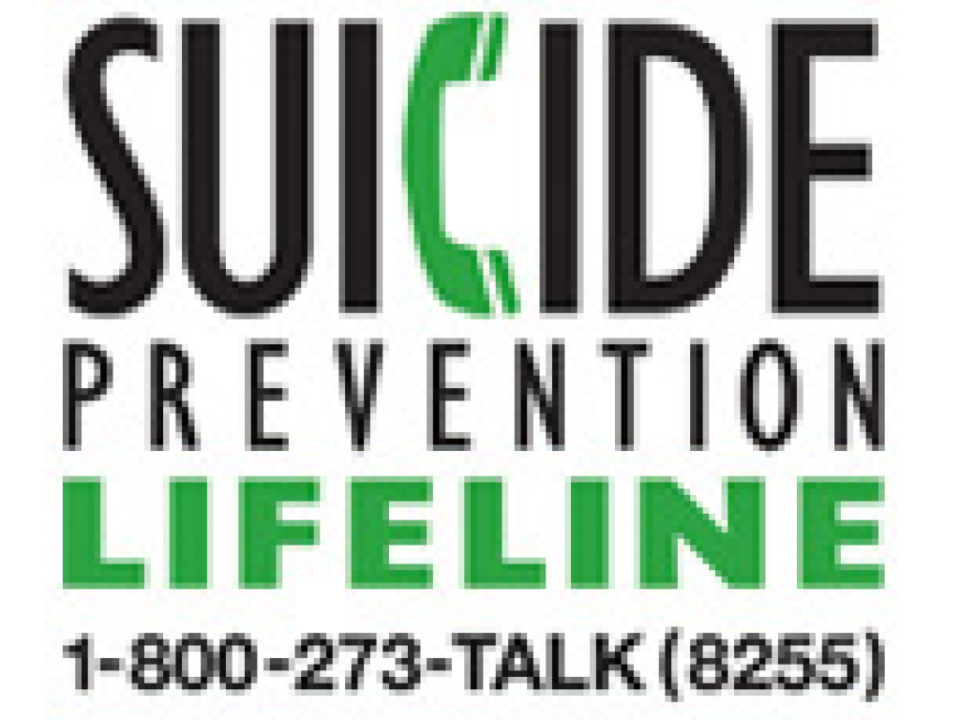Alcohol and Breast Cancer Risk
December 14, 2011Is it true alcohol is one of the most addictive drugs?
January 17, 2012The summary of a recent article published in Journal Watch Psychiatry, is below. In a nutshell, a person's risk for completing suicide is listed below according to psychiatric diagnosis. The kicker? If you add substance abuse to any psychiatric disorder, the risk for suicide is EVEN higher.
No history of diagnosed psychiatric disorder (BASELINE)
- Men 0.72% which equals 72 out of 10, 000 men who have never been diagnosed complete suicide
- Women 0.26% which equals 26 out of 10, 000 women who have never been diagnosed complete suicide
Substance Abuse
Individuals treated for substance abuse in a psychiatric setting have the following risks:
- Men 4.71% which is more than 6.5 times increased over baseline
- Women 3.34% which is nearly 13 times increased over baseline
---------------------------------------------------------------------------
Information sourced from Journal Watch:
The Real Risk for Suicide in Mental Disorders
New results suggest that the risk is lower than previously reported.
Presence of a mental disorder increases the risk for suicide, but investigators typically have estimated risks in relatively brief, small studies, without adjusting for patients who are lost to follow-up or die of unclear causes. To avoid these limitations while ascertaining lifetime risks for suicide associated with specific disorders, researchers used Danish national registries to prospectively follow 176,347 people with a first psychiatric contact for a mental disorder after age 15 and 881,735 nonpsychiatric controls for up to 36 years (birth years, 1955–1991). Data included diagnoses of all treatment recipients; death from suicide or from other causes; emigration; and loss to follow-up.
Absolute risk (i.e., cumulative incidence) for suicide in nonpsychiatric controls was 0.72% in men and 0.26% in women. In patients with bipolar disorder, the risk was 7.77% in men and 4.78% in women; in those with unipolar depression, 6.67% and 3.77%; in those with schizophrenia, 6.55% and 4.91%; in those with "schizophrenia-like disorder," 5.90% and 4.07%; and in those with substance abuse treated in psychiatric settings, 4.71% and 3.34%. Suicide risk in women with anorexia nervosa was 2.62%. Independent of age at onset of the disorder, suicide risk increased the most in the early years after first psychiatric contact; cumulative incidence stabilized after 22 years. Lifetime suicide risk increased with comorbid substance abuse or unipolar depression and doubled with history of deliberate self-harm (e.g., overdose). Men with bipolar disorder and deliberate self-harm had the highest lifetime suicide risk (17.08%).
Comment: Although suicide risk is clearly elevated in people with psychiatric disorders, their suicide rates are lower in this comprehensive study than in other studies. The authors state that not accounting for emigration and death from other causes would have increased their estimates of risk by 10%. This study's most important clinical implications: Suicide risk increases sharply soon after diagnosis, and comorbidity and history of self-harm, especially in men with bipolar disorder, greatly increase suicide risk. Such individuals should be monitored closely for suicidality.
— Steven Dubovsky, MD
Published in Journal Watch Psychiatry November 21, 2011
Citation:
Nordentoft M et al. Absolute risk of suicide after first hospital contact in mental disorder. Arch Gen Psychiatry 2011 Oct; 68:1058. [Medline® Abstract]
Copyright © 2011. Massachusetts Medical Society. All rights reserved.
The above message comes from "Journal Watch", who is solely responsible for its content.



